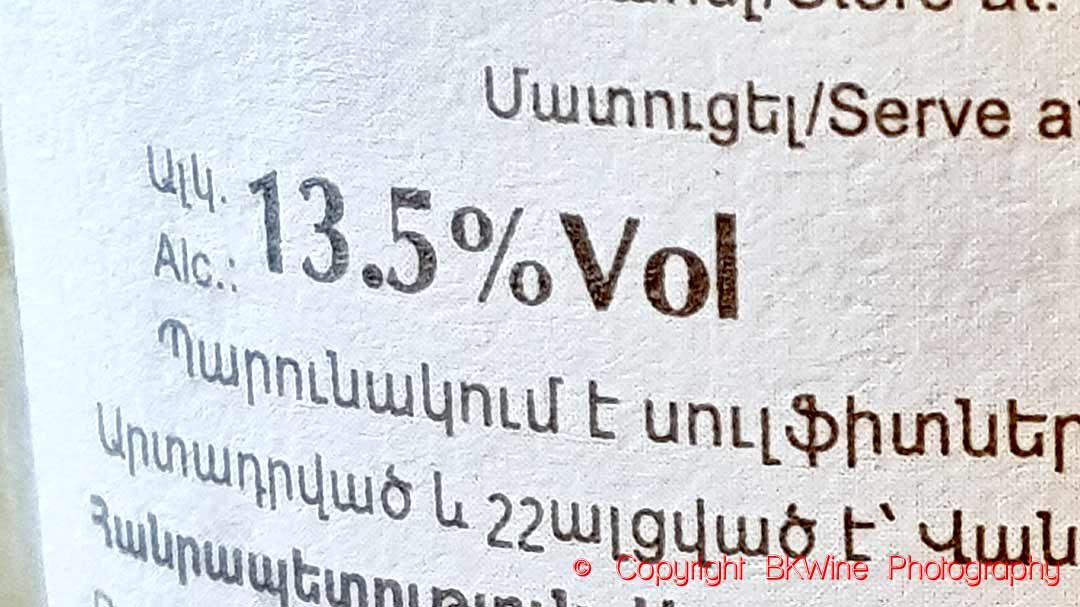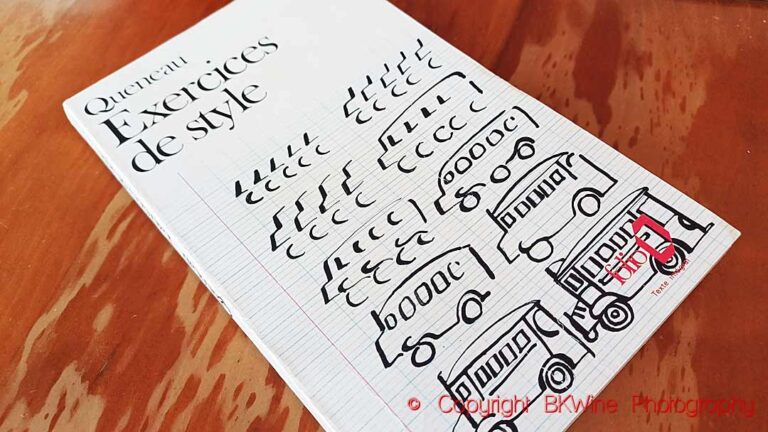
The alcohol content in wine has been controversial for some time. We often hear people complain that the alcohol is too high and that it used to be better in the old days when it was lower. Both wine consumers and wine writers often seem to have a fetish for saying, “It’s too high in alcohol,” without even tasting the wine.
What exactly is “high” alcohol content in a wine? Of course, it depends on what you compare it to. To be called wine, it must have reached an alcohol content of at least 8%. Today, however, the no/lo trend (with an emphasis on no if certain reports are to be believed) is changing what should be considered wine. But that is another story.
Wine contains alcohol; the wines we drink today are usually between 12 and 14.5%. There was a time when it was lower. When the French consumed up to 150 litres per person per year, it was primarily simple table wine with an alcohol content of 8-9%. Wines with a taste that we probably wouldn’t accept today. Over time, the wines got better, and drinking habits changed.
If you drank wine in the 1970s and 1980s, then yes, the alcohol content has increased since then. But don’t blame climate change.
The British wine journalist Jancis Robinson wrote in 2012 about an interesting report done the year before by the American Association of Wine Economists. They analysed tens of thousands of alcohol levels for wines imported between 1992 and 2007 by the LCBO, Canada’s Ontario liquor monopoly, which buys wines from around the world. They compared it with actual temperature increases in the wines’ regions of origin. They found that the rise in average alcohol levels was much more significant than could be explained by any climate change. The conclusion was that the increased alcohol content was primarily the work of man. Not climate change.
The world of wine changed during the 1980s and, above all, from 1990 onwards. In Sweden and other parts of Europe, for example, after drinking wines from primarily northern and central Europe, we were invaded by wines from warmer climates: the New World, southern Italy, southern France… Warm climates automatically produce riper grapes, producing higher alcohol content. The wines sold well because we consumers liked the “new” style.
It was also a time when more knowledge was gained about how to grow wine better. In short, they became more skilled winemakers. They started using better clones, harvested riper grapes and became better at coping with mishaps in the vineyard, so they dared to leave the grapes on the vine longer. A new generation of trained winemakers worked differently from their parents.
But one more thing was of great importance. Wine must be sold, and it is essential to know what the customers are asking for. At this time, the wine world gained new consumers from countries that were not traditionally big wine drinkers. These consumers preferred wines with low acidity and tannin, best achieved with ripe and sugar-rich grapes. The traditional consumers only drank wine with the meal. The new consumers drank wine on the couch, in the bar, by the pool etc. The result was wines with a higher alcohol content to adapt to this new way of drinking.
So, the alcohol levels in the wines we drink today have increased, but for many different reasons. Perhaps mainly due to the human factor rather than the climate. Consumers, not least “new” consumers, like the rounder, fuller, softer style. And the wine producers have become better skilled at growing and making wine.
An interesting survey by Liv-Ex conducted in 2021 compares the alcohol levels in Burgundy, Bordeaux, California, Piedmont, and Tuscany over three decades: 1990-1999, 2000-2009 and 2010-2019. Burgundy was the only district to show virtually no change, averaging 13.3% over the entire 30-year period.
It was more dramatic in Bordeaux, which in 30 years has gone from 12.7% on average to 13.4 and then 13.7. California started at a modest 13.7, went up to 14.6 and then down to 14.5. Tuscany has gone from an average of 13.6 to 14.1, and Piedmont from 13.8 to 14.2.
If you think that there will be any significant difference in how much alcohol you absorb, you might also need to think again. If you share a bottle of wine with a low alcohol content, 12%, you only need to take one or two extra small sips to get the same amount of alcohol as if it were a wine with 14.5%. The difference in intoxicating effect is next to negligible.
So don’t get too hung up on the percentage.
(The reports: jancisrobinson and liv-ex.)
Wine tours
If you want to join us on this years great adventures to Bordeaux and Champagne, book your places now. You can hardly find a wine tour organiser with more inside knowledge. First time we were in Bordeaux was in 1986. We’ve written twelve wine books, including wine internationally award winning on Champagne. We travel in wine regions…… all the time.
For some very special experiences – once in a life-time wine tours – you can join us next winter on the extended Southern Hemisphere Tours: Chile-Argentina, South Africa and New Zealand.
More info on our wine tours here. “World’s Top Wine Tours“. Tours with the people who know wine and who have an unrivalled experience of wine and tours.
Travel in wine regions with someone you trust.
Wine editors to the national encyclopedia, Forbes.com contributors, award-winning wine book authors, wine tour advisors to the UN and national wine organisations, wine judges … and, above all, passionate wine travellers.
Enjoy the Brief!
Britt & Per
If you appreciate what we do, you can help us: Tell your friends about the Brief or send it to them.
Like us and follow us on social media:
BKWine Magazine on Facebook | Wine Tours on Facebook
Twitter | Instagram | Linkedin | YouTube
This is just the introduction to the latest issue of the Brief. Subscribe to the BKWine Brief and you will get the whole edition in your mailbox next month.
What’s on at BKWine Tours
BKWine is also one of the world’s leading wine tour operators. Here’s what we currently have on our scheduled wine tour program:
- Champagne, 25-29 September
- Bordeaux and Champagne, 25 Sept – 3 Oct
- Bordeaux, 29 Sep – 3 Oct
- Chile-Argentina, 13-26 January 2025
- South Africa, 14-24 February 2025
- New Zealand, 11-26 March 2025
We also make custom designed wine tours.
We’re different than most other wine tour operators. We are people who know wine inside out, who travel constantly in wine regions, who write award winning books about wine. Who do this out of passion. Our tours are different from others. More in wine tours: BKWineTours.com.













